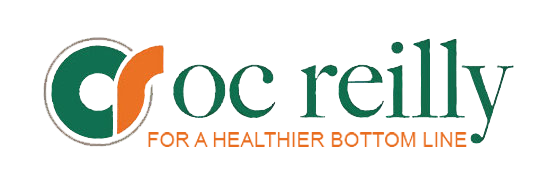OC Reilly Blog: Avoiding a Titanic Mistake
By Ray Clegg, Director, Logistical Operations, OC Reilly Inc.
(Jan. 11, 2016)–On the night of April 14, 1912, the ocean liner Titanic struck an iceberg as it cruised the northern Atlantic. In less than 10 seconds, the ship’s hull ripped open below the waterline on the starboard side for a length of 300 feet – roughly the equivalent of a football field. The Titanic’s tragic fate at that point, even though it took hours for the mighty ship to sink, had been sealed.
But read that account again closely, and you will see that the real damage occurred below the waterline – the part of the iceberg that no one could see.
It’s the hidden dangers that so often cause us to stumble, struggle, and strain. Anticipating those hidden factors successfully first requires an awareness of what they are, then taking the appropriate actions to mitigate their potential for harm or for good.
The same holds true in supply chain management. An illustration provided by Graybeard Advisors LLC, and featured in the December 2015 edition of Supply Chain Management Review magazine, shows how best practices take the total cost of operations into account, and not price alone.
Think of the traditional focus solely on purchase price as the “tip of the iceberg,” the part above the water that you can see. That’s obviously a major consideration, but the rest of the iceberg, where more crucial factors lurk, can easily remain hidden from view or consideration – a common, costly, and unnecessary mistake.
Total cost of operations also includes things like: freight costs, supplier performance, packaging unit of measure, inventory carry costs, product life-cycle, performance and reliability, maintenance costs, acquisition costs, service costs, customer satisfaction, training and installation, product availability, market demand forces, product disposal, and legal fees.
Sailing the high seas of supply chain management takes a keen eye and a familiarity with the dangers of the deep. Price may seem like the primary decision point, but it’s only the part that’s easiest to see. It’s only the tip of the iceberg. You’ll find the rest of the picture down below, where the hidden dangers live.
Having knowledgeable and experienced supply chain experts on your crew can help keep your ship trim and moving steadily forward.
